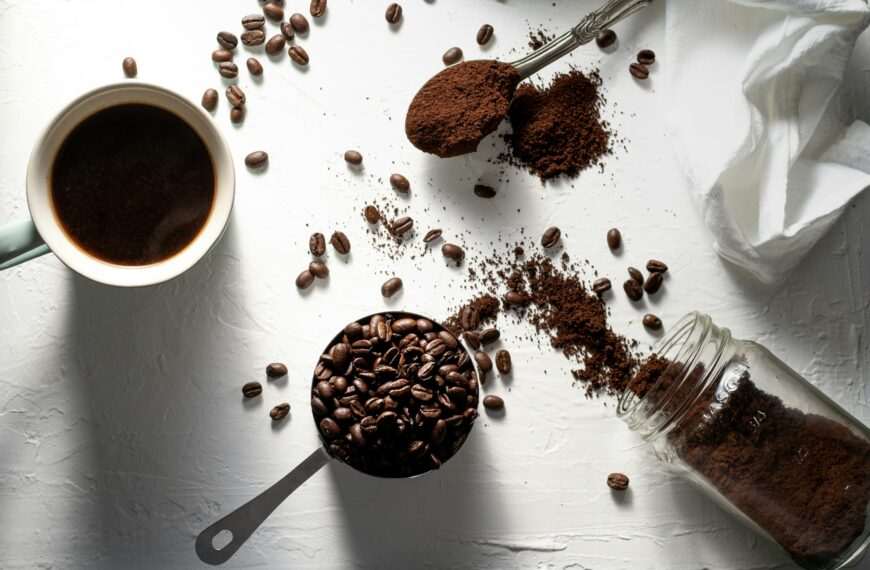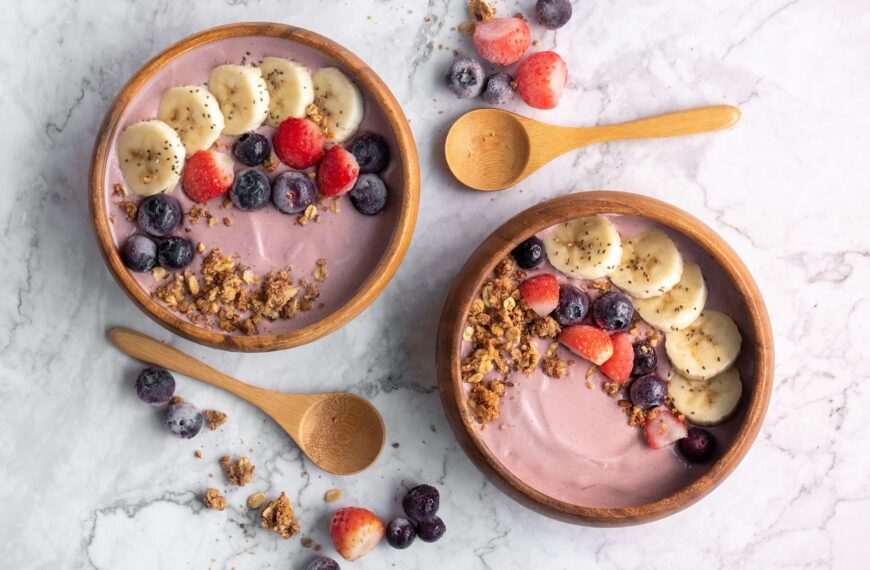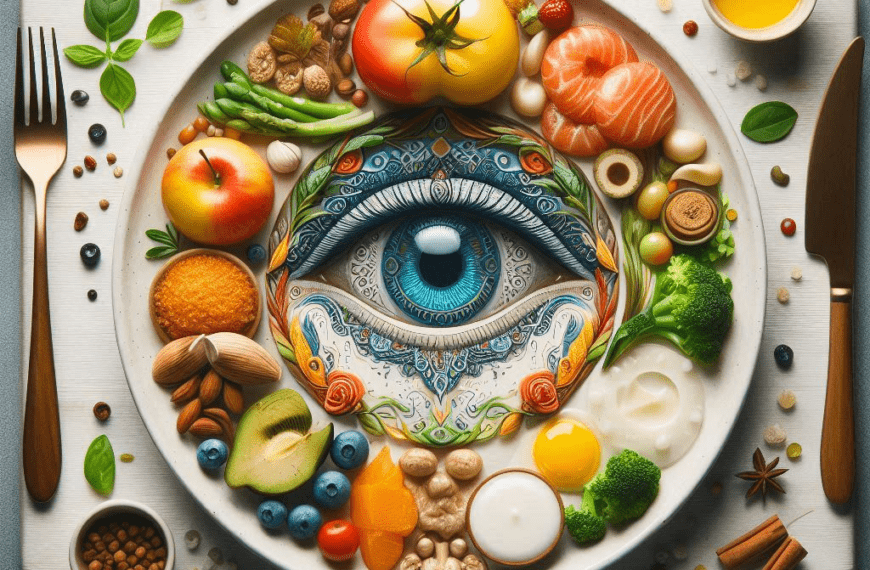
Photo by Yuval Zukerman on Unsplash
Have you ever stopped to really think about mushrooms? I mean, really think about them? I hadn’t, not until recently. But let me tell you, once I started digging into the world of mushrooms, I found myself tumbling down a rabbit hole of fascination. Or should I say, a mycelium network of wonder?
You see, mushrooms are everywhere, yet nowhere. They’re on our pizzas, in our soups, and scattered across forest floors. But their story – ah, their story is something that most of us have never heard. It’s a tale that begins in the dirt and ends on our dinner plates, with twists and turns that would make any novelist envious.
The Underground Network: More Than Meets the Eye
Let’s start at the beginning, shall we? When you look at a mushroom, what you’re seeing is just the tip of the iceberg – or in this case, the tip of the mycelium. Beneath the surface lies a vast network of thread-like structures called hyphae. These form the mycelium, a web of fungal threads that can stretch for miles.
Imagine, if you will, an invisible city beneath your feet. This city, made up of mycelium, is constantly communicating, sharing resources, and even helping other plants. It’s like the internet of the natural world, long before we humans ever dreamed of Wi-Fi.
But here’s the kicker: this underground network isn’t just fascinating – it’s fundamental to life as we know it. Mushrooms and their mycelium play crucial roles in:
- Decomposition: Breaking down dead matter and recycling nutrients
- Soil health: Improving soil structure and water retention
- Plant symbiosis: Forming partnerships with plants to exchange nutrients
It’s a humbling thought, isn’t it? That these humble fungi are silently working away, keeping our ecosystems in balance.
Now, let’s talk about how these underground marvels make their way to our plates. The journey from dirt to dinner is nothing short of miraculous.
It all starts with a spore – a tiny, dust-like particle that contains all the genetic information needed to create a new mushroom. These spores are released by mature mushrooms, carried by the wind, and deposited in new locations. If conditions are right, the spore germinates, sending out hyphae to form mycelium.
But here’s where it gets interesting. The mycelium can exist for years, patiently waiting for the perfect conditions to fruit. When the time is right – usually when there’s a good balance of moisture, temperature, and nutrients – the mycelium produces mushrooms.
These mushrooms, which we so casually toss into our stir-fries, are actually the reproductive organs of the fungus. Their sole purpose is to produce and spread more spores, continuing the cycle.
The Culinary Journey: From Forest to Fork
Once upon a time, all mushrooms were wild-harvested. Foragers would trek through forests, baskets in hand, searching for elusive fungi. This practice still continues today, with prized mushrooms like morels and truffles commanding high prices for their unique flavors and scarcity.
But the mushroom industry has come a long way. Today, most of the mushrooms we eat are cultivated. This shift has made mushrooms more accessible, affordable, and safe for consumption. The cultivation process is a fascinating blend of science and art, involving:
- Substrate preparation: Creating the perfect growing medium
- Spawning: Introducing mycelium to the substrate
- Incubation: Allowing the mycelium to colonize the substrate
- Fruiting: Providing the right conditions for mushrooms to grow
- Harvesting: Picking mushrooms at the peak of freshness
Each step is carefully controlled to ensure quality and safety. It’s a far cry from the wild mushrooms of our ancestors, but it allows us to enjoy these fungi year-round.
The Health Bonanza: Why Mushrooms Are Good for You
Now, let’s get to the meat of the matter (or should I say, the mushroom of the matter?). Why should we care about these funky fungi? Well, it turns out that mushrooms are not just tasty – they’re also incredibly good for us.
Here’s a quick rundown of some mushroom superpowers:
- Nutrient-dense: Mushrooms are low in calories but high in vitamins, minerals, and fiber.
- Immune-boosting: Many mushrooms contain beta-glucans, compounds known to enhance immune function.
- Anti-inflammatory: Certain mushrooms have potent anti-inflammatory properties.
- Antioxidant-rich: Mushrooms are packed with antioxidants that help combat oxidative stress.
- Potential cancer-fighters: Some studies suggest that certain mushrooms may have anti-cancer properties.
- Brain health: Compounds in some mushrooms may support cognitive function and potentially reduce the risk of neurodegenerative diseases.
But here’s the thing that really blows my mind: different mushrooms have different benefits. It’s like Nature created a fungal pharmacy, with each mushroom offering its own unique health perks.
The Mushroom Renaissance: From Humble Fungus to Superfood
In recent years, we’ve seen a mushroom renaissance of sorts. These once-overlooked fungi are now being hailed as superfoods, appearing in everything from coffee to chocolate bars. But why the sudden surge in popularity?
I believe it’s a perfect storm of factors:
- Increased scientific research: We’re learning more about the health benefits of mushrooms every day.
- Growing interest in plant-based diets: Mushrooms offer a meaty texture and umami flavor that appeals to those reducing meat consumption.
- Sustainability concerns: Mushrooms are incredibly sustainable to grow, requiring less water and space than many other crops.
- Culinary exploration: Chefs and home cooks alike are discovering the diverse flavors and textures of different mushroom varieties.
It’s a fascinating shift in perception. These organisms, which were once associated with decay and darkness, are now seen as beacons of health and culinary innovation.
The Future of Fungi: What’s Next for Mushrooms?
As I’ve delved deeper into the world of mushrooms, I can’t help but wonder: what’s next? The potential seems limitless. Here are a few areas where mushrooms are making waves:
- Medicinal mushrooms: Research into the therapeutic properties of mushrooms is booming, with potential applications in cancer treatment, mental health, and more.
- Sustainable materials: Mycelium is being used to create everything from packaging to building materials, offering eco-friendly alternatives to plastics and other harmful materials.
- Bioremediation: Mushrooms have shown promise in cleaning up environmental pollutants, potentially offering solutions to some of our most pressing ecological challenges.
- Gourmet cultivation: As interest in specialty mushrooms grows, we’re likely to see more varieties available in stores and farmers’ markets.
The more I learn about mushrooms, the more I’m convinced that we’re just scratching the surface of their potential.
A Call to Mushroom Adventure
So, dear reader, I invite you to join me on this fungal journey. The next time you see a mushroom – whether it’s in the produce aisle, on a forest floor, or on your dinner plate – take a moment to appreciate its incredible journey.
Try a new variety you’ve never tasted before. Look up the health benefits of your favorite mushroom. Or simply close your eyes and imagine the vast mycelial network beneath your feet, silently supporting life as we know it.
And here’s a challenge for you: incorporate a new mushroom into your diet this week. Whether it’s shiitake in your stir-fry or reishi in your tea, give it a try and see how you feel. Then come back and share your experience in the comments. What did you try? How did you prepare it? Did you notice any changes in how you felt?
Remember, every mushroom on your plate has a story – a journey from dirt to dinner that’s millions of years in the making. It’s a story of survival, of symbiosis, of silent strength. And now, it’s a story that includes you.
So the next time someone asks, “What’s for dinner?” you can smile and say, “A little bit of forest floor magic.” Because that’s exactly what mushrooms are – a little bit of magic, served up on a plate.
What’s your favorite mushroom story? Have you had any fungi-inspired revelations? Share your thoughts, experiences, and mushroom musings in the comments below. Let’s continue this journey of discovery together, one spore at a time.








